Why should we conduct factory aquaculture?
What is factory aquaculture system?
Factory aquaculture is a new mode of industrialization of traditional fishery. It used modern science and technology (including mechanical engineering, biology, water treatment chemical, mechanical and electrical engineering, modern electronic information science and modern architecture, etc.) on aquatic products high density and intensive production. Through scientific demonstration, careful design and feasible operation, the management goal of low pollution, low risk, high efficiency and sustainable development of aquaculture industry is finally realized. If combined with the factors of venture capital and agricultural policy in recent years, it is more likely to form a good trend of industry resource integration and industrial structure optimization.
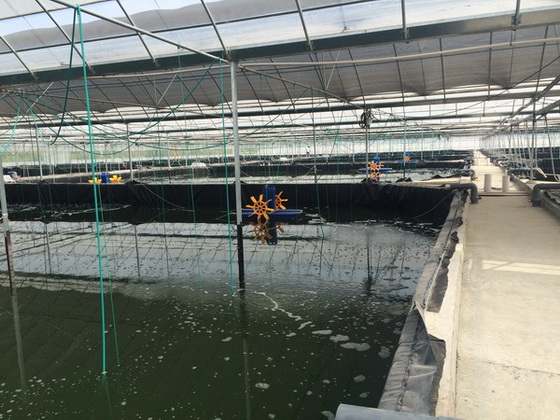
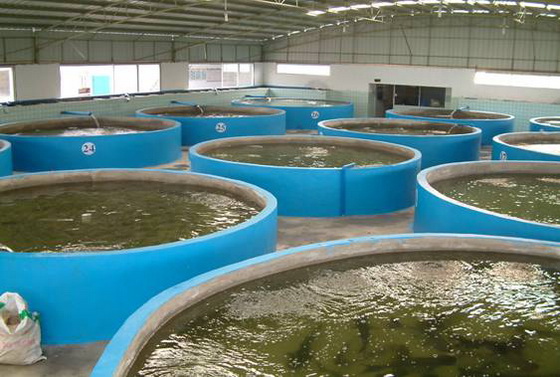
Why should we conduct factory aquaculture
1. Climatic anomalies
The frequency of extreme weather events such as el nino has increased as global climate anomalies have intensified. Especially in recent years a large area of prolonged drought, floods, typhoons and other extreme weather more frequent. During the 2014 typhoon, the coastal areas such as guangdong and hainan suffered heavy losses in cage farming and pond farming. The continuous drought of the Yangtze river from 2013 to 2014 has almost wiped out the aquaculture industry in the Yangtze river basin. Many rare aquatic species are also extinct. The aquaculture model that relies on the sky to have a meal entered cul-de-sac. The factory aquaculture model adopts the industrial model of indoor aquaculture, so it will not be affected by such extreme weather.
Oyster row damaged by typhoon in qinzhou port, guangxi in 2014:
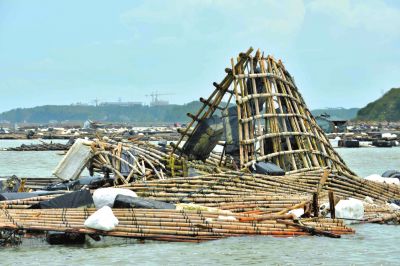 2. Water source factors
With the rapid development of industry and the impact of climate change, water resources have been seriously depleted. The water table continues to drop. Natural precipitation has fallen sharply. The sustainable development of aquaculture industry faces severe challenges. And factory aquaculture model can save a lot of water. Lay a solid foundation for the sustainable development of agriculture.
2. Water source factors
With the rapid development of industry and the impact of climate change, water resources have been seriously depleted. The water table continues to drop. Natural precipitation has fallen sharply. The sustainable development of aquaculture industry faces severe challenges. And factory aquaculture model can save a lot of water. Lay a solid foundation for the sustainable development of agriculture.
The following picture shows that the drought of poyang lake, which is common in recent years, has caused a devastating impact on the surrounding aquaculture industry as a whole:
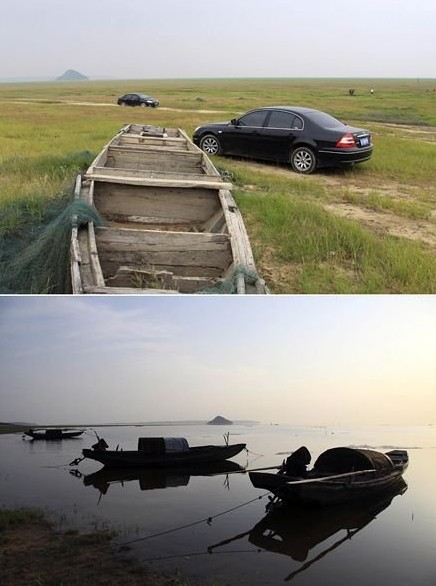
Crabs at the bottom of poyang lake in 2015 died when the lake dried up:
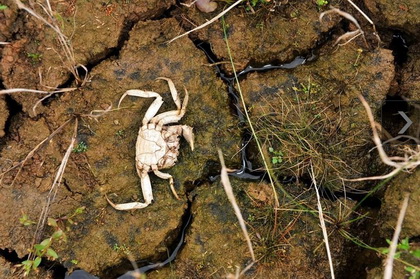 3. Disease factors
There are a lot of diseases in traditional aquaculture. Especially regional net box culture. When an area of water is contaminated by diseased fish that occasionally die, aquaculture across the entire area is at great risk. In addition, the South American white-prawn breeding industry has been plagued by EMS in recent years and has been unable to get out of the mire. With the expansion of breeding scale, the degradation of breeding seedlings, and the genetic diversity of disease-causing organisms. The problems of traditional aquaculture in disease prevention and control are becoming more and more serious. The result of a large number of drugs not only causes the genetic mutation of the pathogenic virus more difficult to deal with, but also causes secondary pollution of the surrounding water environment. More importantly, today, when people pay more and more attention to food safety, high-chemical residual aquatic products will be strongly resisted by the market. Therefore, the green environmental protection, high density factory aquaculture is the reality of the situation forced by the inevitable trend.
4. Water pollution and human factors
Among the many effects of the rapid development of industry, water pollution is the main culprit. In 2014, the pearl river delta region had 27 times more lead in groundwater than the international standard, according to the national authority. And the death of fish caused by water pollution in the upstream is endless. In addition, the outbreak of cyanobacteria caused by eutrophication of water is more frequent.
The following picture shows the death of fish reported by the news. Due to the pollution of water source, aquaculture farmers suffered heavy losses.
3. Disease factors
There are a lot of diseases in traditional aquaculture. Especially regional net box culture. When an area of water is contaminated by diseased fish that occasionally die, aquaculture across the entire area is at great risk. In addition, the South American white-prawn breeding industry has been plagued by EMS in recent years and has been unable to get out of the mire. With the expansion of breeding scale, the degradation of breeding seedlings, and the genetic diversity of disease-causing organisms. The problems of traditional aquaculture in disease prevention and control are becoming more and more serious. The result of a large number of drugs not only causes the genetic mutation of the pathogenic virus more difficult to deal with, but also causes secondary pollution of the surrounding water environment. More importantly, today, when people pay more and more attention to food safety, high-chemical residual aquatic products will be strongly resisted by the market. Therefore, the green environmental protection, high density factory aquaculture is the reality of the situation forced by the inevitable trend.
4. Water pollution and human factors
Among the many effects of the rapid development of industry, water pollution is the main culprit. In 2014, the pearl river delta region had 27 times more lead in groundwater than the international standard, according to the national authority. And the death of fish caused by water pollution in the upstream is endless. In addition, the outbreak of cyanobacteria caused by eutrophication of water is more frequent.
The following picture shows the death of fish reported by the news. Due to the pollution of water source, aquaculture farmers suffered heavy losses.






